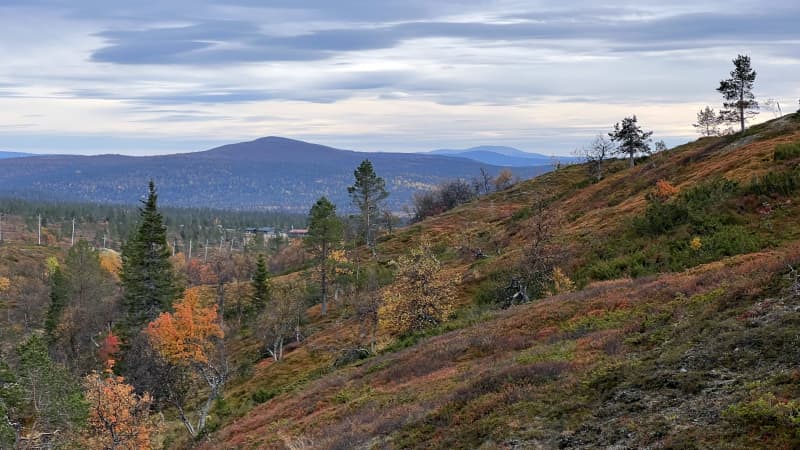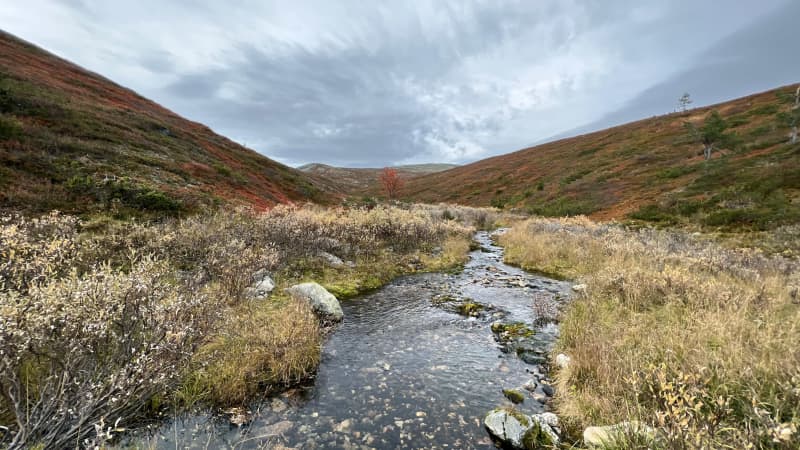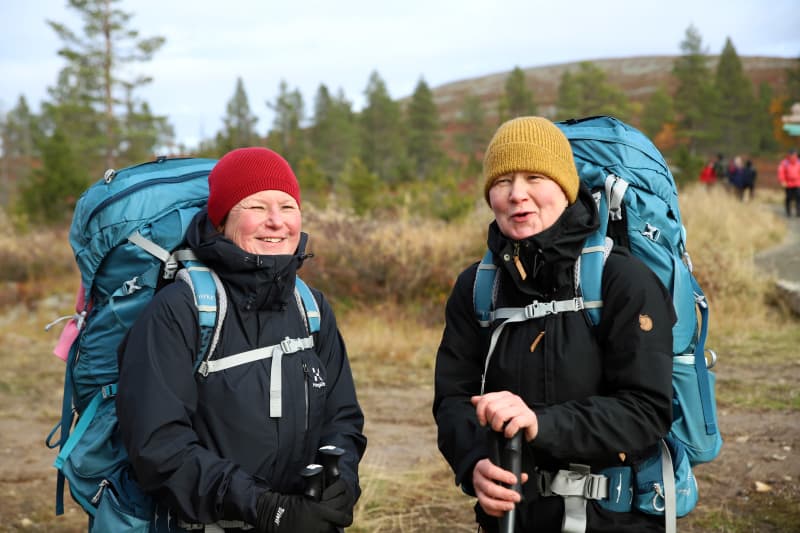Pallas-Yllästunturi National Park will transition to a litter-free era at the beginning of next year. Litter-free also applies to Finland’s most popular hiking trail between Hetta and Pallas.
Finland’s most popular Hetta-Pallas hiking trail has so far had waste separation points at deserted and reserve sites, but after the turn of the year, not a single waste container can be found on the approximately 55-kilometer route.
In the future, the hiker must carry his own garbage in his backpack and the waste will be brought to the nature center’s eco-point. In a survey conducted by Pallas–Yllästunturi National Park a year ago, the respondents considered the principles of litter-free camping important.
An experienced hiker knows how to act
– It’s a good direction, says Katri Väinämö.
In his opinion, it is a good principle that the hiker must be able to carry away everything he has brought with him, including trash.
Both have experience on Lapland’s hiking trails, but the trip to the north during the autumn season is their first. Garbage has not been left in nature or at waste points on previous trips either.
– We always have trash bags with us, it’s not difficult at all, states Eetu Väinämö.
– In moderation, I think I feel it. Etiquette advises and instructs how to act in nature and in wilderness habitats, it is familiar, says Eija Kankaanpää.
The sisters have just arrived with packs on their backs from Finland’s most popular Hetta-Pallas hiking trail. The distance is 55 kilometers in a few days. The trash from the trip is packed in a bag and goes in the pocket of the bike.
– We had prepared for the hike with garbage bags and we were surprised that there were still garbage containers here, wonders Ulla Lehtinen.
Both think that people know how to behave well on their outings in nature.
– There was a bit of rubbish. One can was seen so far in the stream that it couldn’t be retrieved, recalls Eija Kankaanpää.
Inexperienced hikers read the instructions carefully
The popularity of national parks did not wane this summer, even though Corona has eased. The number of visitors has dropped to a normal level, but the national parks are still more popular than before the corona era.
Finland’s national parks were visited more than 2 million times in January-February. Several Finns have been hiking in the national park for the first time in the past few years.
– There may be less experience, but many read the instructions more carefully. With positive campaigning, the message gets across well, believes park manager Pekka Sulkava.

Intentional littering is a punishable act
In the future, there will be park guides in Pallas–Yllästunturi National Park who will guide and at the same time supervise litter-free camping. Pekka Sulkava reminds that intentional littering is addressed and then the responsibility lies with the hiker.
– It then goes to the side of violation of the Nature Conservation Act and the Public Order Act. That way you can intervene. The punishment can be a fine, sums up Sulkava.
Sulkava does not remember situations where he had to be fined for littering in Pallas-Yllästunturi parks.
– There are many observations of this in surveillance raids of national parks and camping areas in the south, recalls Pekka Sulkava.
– There is always some garbage. It is often not so familiar to international guests. We have talked with them and had to clean up the tracks.

There is no going back after next year
In Metsähallitus’ Pallas–Yllästunturi National Park, litter-free camping without waste points has been in the plans for a long time, which is now being implemented. During the corona years, the national parks swelled with hikers and waste points filled up quickly, at the same time the need for summertime maintenance increased considerably.
The journeys to the waste collection points are long and the terrain is difficult, it eats up money.
– It causes disturbance to nature and erosion of the terrain. It can now be significantly reduced, as well as costs, says park manager Pekka Sulkava.
There is no going back to the old days, when hiking trails have dump points. If we go back to the old way, investments will grow to new dimensions.
– We hardly go to that anymore, sums up Pallas–Yllästunturi park director Pekka Sulkava.

